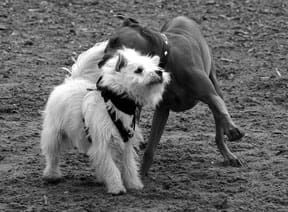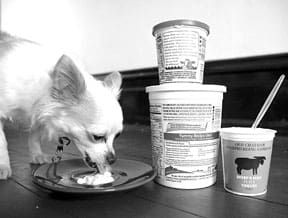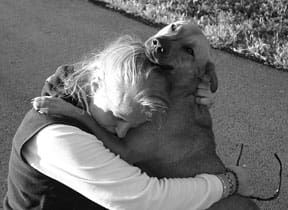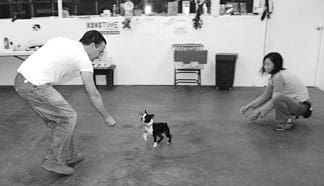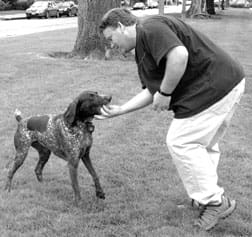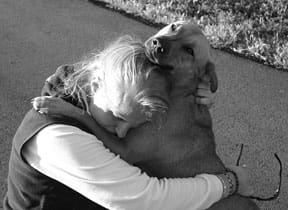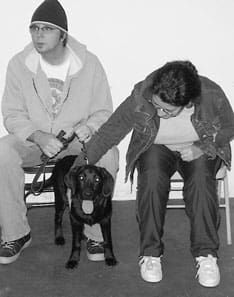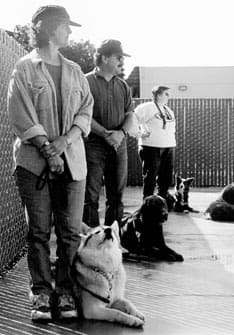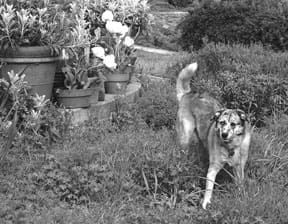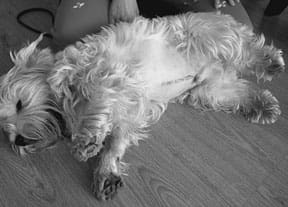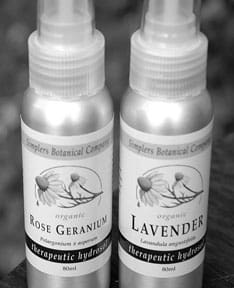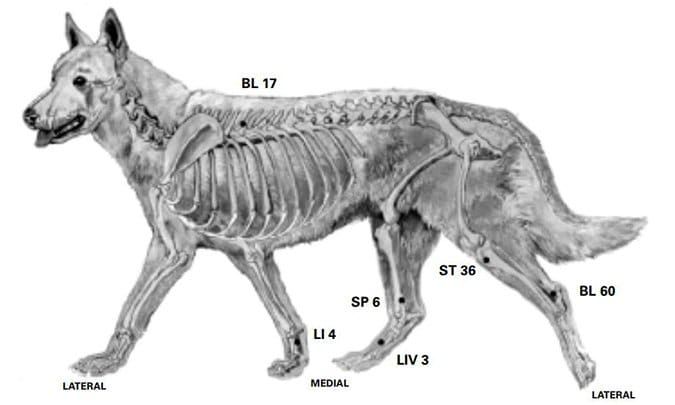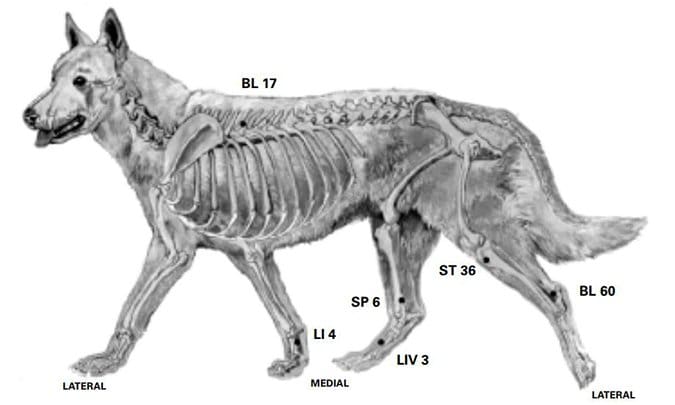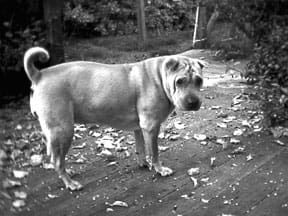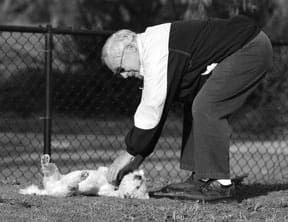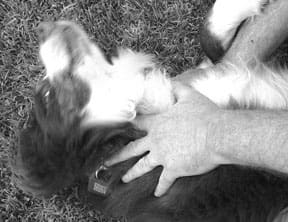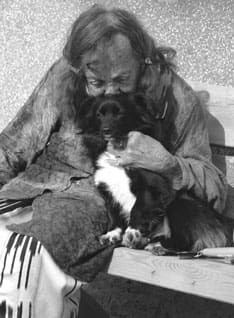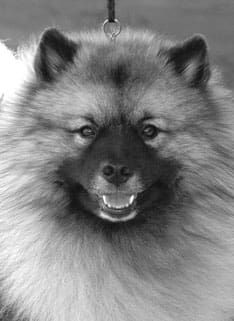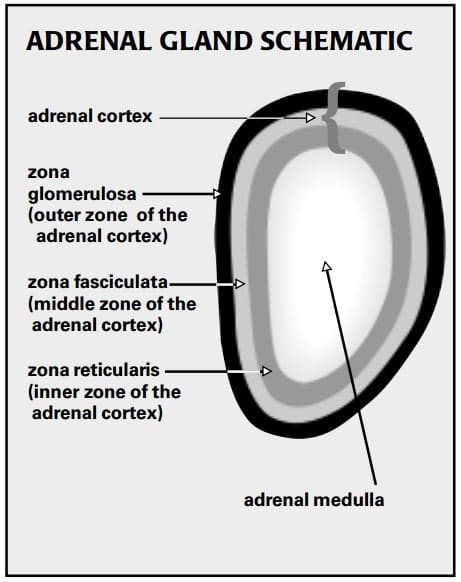[Updated January 16, 2018]
Depending on who you talk to, dog parks are either the greatest invention since microwave ovens or the devil incarnate – either the perfect place to exercise and socialize your dog, or the best environment in which to traumatize your dog, make him dog-reactive, and perhaps get him killed. We’re told that perception is reality, but these two perceptions are worlds apart. Which one is right?
They both are. Your local dog park can be a terrific place to take your dog, provided it is well-constructed, well-maintained, and well-monitored. It can also be you and your dog’s worst nightmare. What determines which perception will be your reality?
In a word, it’s all about etiquette. If you understand the rules of dog park etiquette – and if other park users also understand and follow the same rules, you can be in dog park heaven. When etiquette goes by the wayside, you have a classic recipe for disaster.
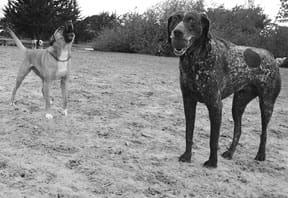
Create a Dog Park Culture
It only takes one renegade to spoil a park for other users. The best dog parks are those whose users band together to create a sense of community, who use education, peer pressure and, when necessary, call in the appropriate authorities to help regulate those who won’t follow the rules of etiquette and common sense.
One of the early dog parks, Remington Dog Park, created in Sausalito, California, in the early 1990s, initially held informal wine-and-cheese parties every Friday evening, to encourage camaraderie, a sense of community, and to create a social opportunity for humans as well as their dogs. The group developed a strong culture and close friendships. Park regulars were thus able to work together to monitor dog park behavior, educate new users, and keep park problems to a manageable minimum.
Most of the early dog parks were public/municipal parks – owned and operated by local government, with park upkeep and management sometimes delegated to a users’ group, sometimes performed by the parks and recreation department, sometimes the animal services (control) division, sometimes even the local police department.
More and more communities across the country are developing new municipal “bark parks” as dog owners lobby for recreational facilities for humans and their dogs and insist on claiming their share of local park resources.
In addition, there are a growing number of privately owned dog parks where owners pay a membership fee for the privilege of sharing dog park play in a more controlled environment. Private parks are often more closely supervised, dogs are more carefully screened before being granted privileges, and rules more promptly and effectively enforced.
Whether private or public, rules of dog park etiquette generally fall into three categories: Appropriate dog behavior, appropriate human behavior, and rules of engagement – what to do when someone doesn’t follow the rules.
Common Dog Park Rules
Park rules will vary from one location to the next. Rules should be posted prominently near park entrances; if they’re not, ask about them prior to bringing your dog to the park. Listed below are many of the dog park rules you are likely to find. For more rule suggestions, see the 2018 version of this list.
1. Dogs over the age of 6 months must be spayed/neutered – or, alternatively, no females in season allowed.
2. All dogs must be currently licensed. • No unsupervised dogs. Dogs may not be left unattended.
3. Owners must clean up after dogs. (So, owners must really watch their dogs, to be able to clean up after them!)
4. Aggressive dogs are not allowed. Do not bring dogs with a history of aggression toward dogs or humans. Dogs who demonstrate aggressive behaviors toward dogs or humans in the park should be removed from the park and not return.
5. Children under the age 8 (or some other designated age) should not enter the off-leash area of the park. Alternatively, children under the age of (designated age) must be directly supervised at all times in the park. No running or loud or rough play allowed.
6. No more than three dogs per person (or other designated number).
7. No choke, prong, or shock collars. All extra gear (harnesses, collars other than plain buckle collar) should be removed before entering park.
8. Keep dogs on-leash until you enter off-leash area. If a separate area is provided for small dogs, please honor the size restrictions.
9. No smoking or eating within the fenced dog park area.
10. Be polite and considerate of other park users.
What is Appropriate Dog Park Behavior?
Not all dogs are good candidates for dog-park play. A dog park is not the appropriate place for dogs who have serious behavior problems in relation to other dogs or humans. Dogs with these kinds of “issues” should be carefully socialized in environments that are far more controlled than a dog park while their owners do behavior modification work. Consider the following carefully before taking your dog through the gate into your local dog park.
• Dog-park dogs should be friendly and outgoing, without being overbearing, obnoxious, or bullying.
• Your dog should be reasonably confident and social. Those who are fearful, aggressive, or reactive are not appropriate for dog parks.
• Basic good manners are a park prerequisite. Your dog should not body-slam, mouth, jump on kids, or mark (leg-lift) humans in the park, nor should he jump into laps of random sitting humans without invitation.
• Your dog should be responsive to basic cues – at least “come when called,” “sit,” and “leave it/off,” so you can get control of him if necessary, and prevent him from harassing others.
• Barking should be kept to a reasonable level, both for the comfort of other park users as well as nearby neighbors. Occasional barks of joy are acceptable. Non-stop barking of a “fun police” type dog is not, nor is barking with more serious aggressive intent.
• Only healthy dogs should visit dog parks. Obviously, communicable diseases and parasites are unacceptable as these can affect and infect other dogs. Structural un-soundnesses that can cause pain (hip dysplasia, arthritis, etc.) are a high risk factor for causing aggression when a dog is hurt or stressed by the anticipation of being hurt.
Human Behavior at Dog Parks
This is even longer than the dog behavior list. We humans are responsible for our dogs’ behaviors, hence we play a critically important role in making sure proper etiquette is adhered to, by our dogs as well as ourselves.
• As a new park user, visit the park without your dog to observe park culture and practices. Arrange to take your dog to the park the first time at non-peak use hours to allow both of you to acquaint yourselves with the environment without the stress and distraction of multiple dogs.
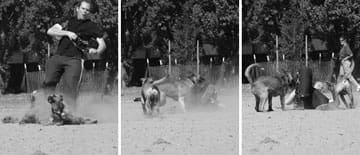
• Obey all posted park rules, even if you disagree with them.
• Don’t bring small children inside the dog park. Occasionally, dogs who are running fast in a chasing game will accidentally run into a grown-up, sometimes even knocking down a full-sized man. Imagine what could happen to your toddler – and that’s just from an accident, not even from the attention of a large dog with a strong prey drive who has never been socialized to small children!
• Limit your use of toys or food treats as necessary to avoid dog/dog conflict. This may vary depending on the dog population at the park during any given visit.
• Keep puppies under the age of four months at home. They aren’t fully immunized yet, so are at higher risk for contracting diseases, and are very vulnerable to being traumatized by another dog’s inappropriate behavior.
• Be harshly realistic about your dog’s potential as a park playmate. The dog park is not the appropriate place to work on fixing your dog’s behavior problems.
• Watch park play for several minutes before you take your dog in to be sure there are no dogs present who are inappropriate play partners for your dog.
• Remove your dog’s leash as soon as you enter the off-leash area. Mixing on-leash and off-leash dogs can cause stress in the leashed dogs, which may lead to aggression.
• Supervise your dog’s play. This is not the time to bury your nose in the latest copy of WDJ or your favorite novel. Be prepared to interrupt inappropriate play – whether your dog is the perpetrator or the victim.
• If someone complains about your dog’s behavior, be prepared to consider his perspective before defending your dog or just blowing off the complaint. Apologize if your dog has been inappropriate, and be willing to leave the park if your dog is being too rough. If you really disagree with the person’s assessment of your dog’s behavior, ask someone you respect for her honest and frank opinion.
• Be polite, even if someone else’s dog is inappropriate and the owner isn’t controlling her dog or is unwilling to take her own dog out of the park.
• Keep the dog-human ratio manageable. A standard recommendation is no more than two or three dogs per human – assuming those two to three dogs can be reasonably managed by one human!
• Remember: not all dogs enjoy playing with others. Be willing to leave if your dog isn’t having a good time. Some dogs enjoy a small circle of intimate friends but aren’t keen on crowds. Some enjoy park play as youngsters, but less so as they mature. If you love going to the park but your dog doesn’t, go without him! Go with a friend who has a more gregarious canine, or go dogless and socialize with other owners.
• Avoid disciplining another park user’s dog. If you must use force to break up a fight, so be it, but do not attempt to “punish” someone else’s dog once the conflict is ended. If you find another dog’s behavior unacceptable, take your own dog out of the park rather than “correcting” someone else’s dog.
• Honor the posted dog-park hours. They are set for a reason – often for your own safety, or to maintain peace and harmony with nearby neighbors.
• Of course, as always, clean up after your dog religiously both inside and outside the park. Be willing to clean up unclaimed piles of dog poo from visitors who don’t know or don’t follow the rules of dog-park etiquette, or perhaps who just didn’t notice their dog leaving a fecal souvenir.
Rules of Dog Park Engagement
As Patrick Swayze says in the movie, “Road House”, “Be nice – until it’s time to not be nice.” If a human or his dog is behaving inappropriately, assume they don’t know any better, and do your best to educate gently and politely.
If you’re uncomfortable doing so, seek out the help of another park user for support. Don’t wimp out! As a responsible dog-park user, you have an obligation to report inappropriate actions of other users that put the safety of dogs and humans at risk. How would you feel if you turned a blind eye to a potentially dangerous behavior, only to have another person or dog injured – perhaps seriously or fatally – if an incident happens in the future that you might have been able to prevent?
Examples of positive phrases for confronting an owner at the dog park might include:
• “Excuse me, but perhaps you didn’t realize that this side of the park is for dogs under 25 pounds…Your Lab is really handsome; I bet he’d love to play with the Golden Retriever on the other side of that fence.”
• “Hey, that sandwich looks tasty – and there’s a St. Bernard headed this way who’s eyeing it with great interest. It might be safer if you finished eating it outside the fence and then brought your dog back in to play.”
• “What a cute baby! If she were mine I’d be worried about having her in the park here with all these energetic dogs. I’ve read some pretty scary stories about dogs grabbing babies out of adults’ arms – I’d hate to see your little girl get hurt! And actually the park rules say kids should be 8 years or older to be in here…”
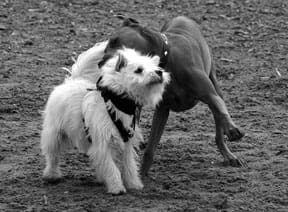
If the inappropriate actions are putting you or your dog at risk and the other dog owner isn’t receptive to education, take your dog and leave the park until you can ask the users’ group or other park authorities to handle the situation.
If you don’t know and can’t get the dog owner’s name and contact information, try to get his license plate number. If that’s not possible, write down a detailed description of both dog and human, and note any times you’ve seen them at the park, to help authorities make contact. Also write a detailed and unemotional description of the behavior(s) you felt were inappropriate.
The positive approach generally works better with humans, just as it does with dogs. A dog owner on one of my training lists recently posted a message about her dog who occasionally became aggressive with other dogs at her local dog park. Other list members gently explained to her why the dog park was not the appropriate place to work on modifying her dog’s reactive behavior, and offered other options for doing behavior modification work with him. I’m pretty sure from her responses that she understood. At least I hope she did, for her dog’s sake, and the sake of other dog-park users in her community.
DOG PARKS: OVERVIEW
1. Evaluate your dog realistically to determine whether she is a good dog-park candidate. If you’re not sure, ask your dog behavior professional for her perception of your dog’s park potential.
2. Check out the dog parks in your area to determine if any appear to be suitable for your dog.
3. The first time you take your dog to a dog park, ask a friend who is knowledgeable about dogs and dog behavior to accompany you and help troubleshoot.
4. Have fun with dog-park play!
Pat Miller, CBCC-KA, CPDT-KA, is WDJ’s Training Editor.


